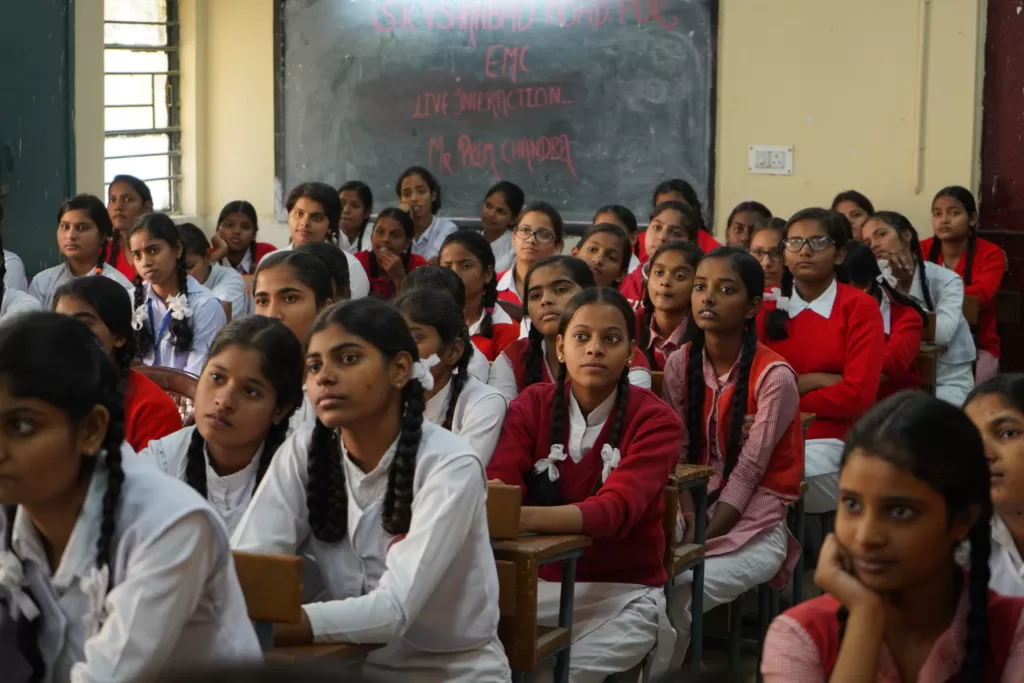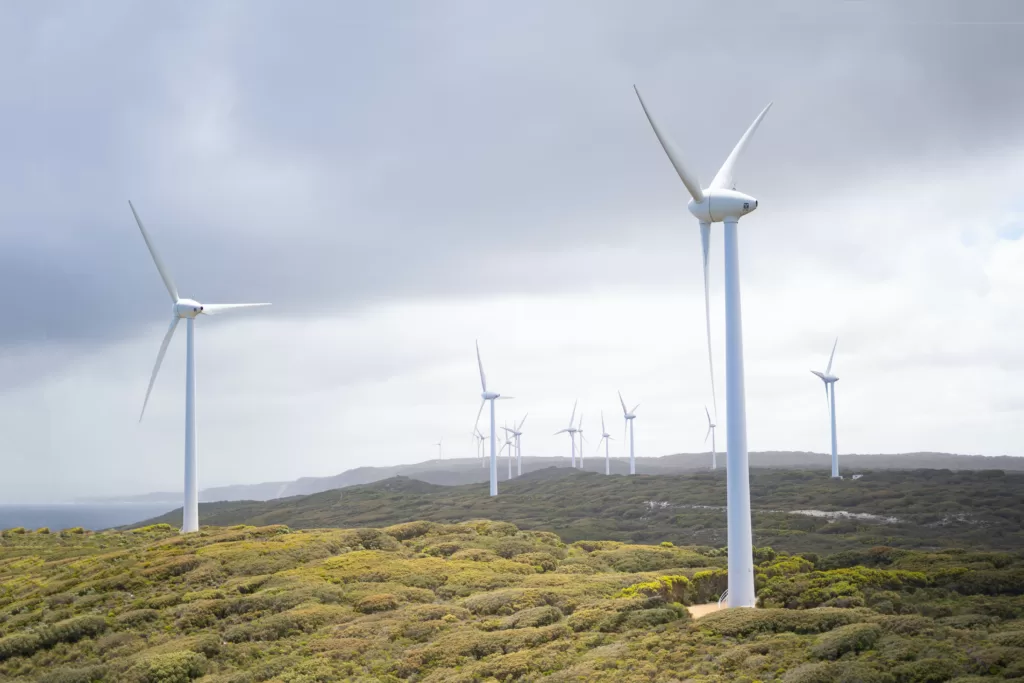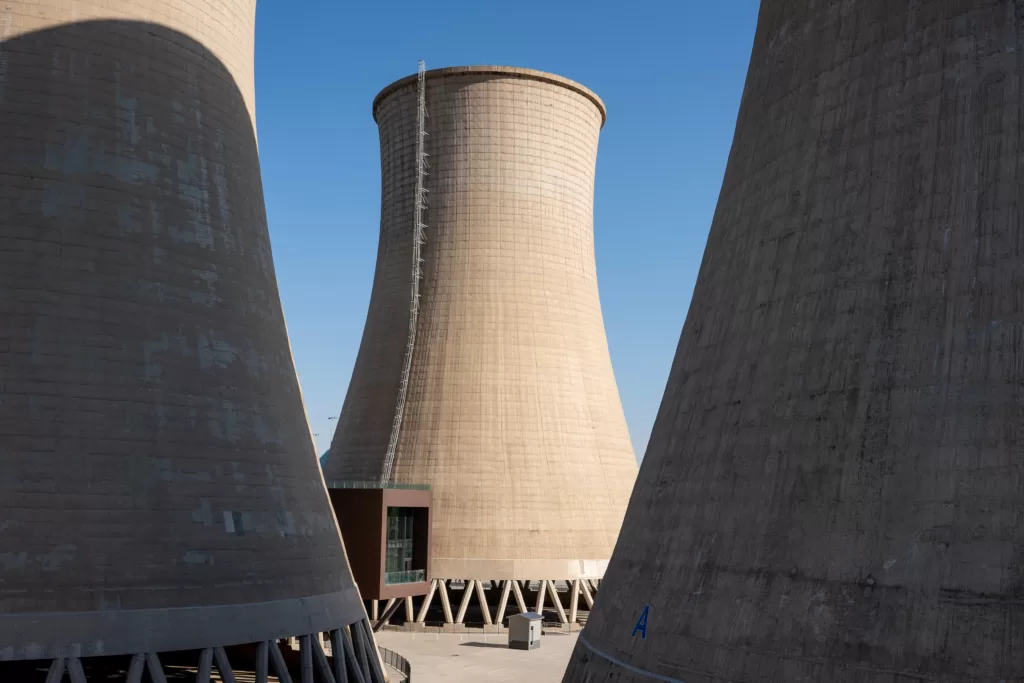Students demand transformative education, but can our education systems keep up?
 Countries are struggling to make meaningful progress towards transformative education for sustainable development. : Unsplash: Yogendra Singh Unsplash Licence
Countries are struggling to make meaningful progress towards transformative education for sustainable development. : Unsplash: Yogendra Singh Unsplash Licence
Students demand transformative education, but can our education systems keep up?
The world’s learners are not equipped to face the challenges of an unsustainable future.
While education has long been heralded as a crucial catalyst for sustainable development, the potential of education to drive impactful environmental, economic, and societal change has yet to be met.
Target 7 of the United Nations’ Sustainable Development Goal 4 on Quality Education (SDG 4.7) calls for “all learners to acquire the knowledge and skills needed to promote sustainable development”, including areas like climate and environmental education, global citizenship education, and human rights education.
At the United Nations Transforming Education Summit in September 2022, 114 countries submitted National Statements of Commitment to advance and transform education.
Seventy-nine of those country commitments refer to education for sustainable development or associated themes, such as global citizenship education and 21st-century skills. Many education systems have also introduced innovative policies to bring these topics into the classroom.
Belize announced at the summit that it was integrating a dedicated socio-emotional learning programme into its early childhood curriculum. Greece introduced its compulsory Skills Lab module in 2021, teaching students across the country the hard and soft skills they need to thrive in a rapidly changing world.
Meanwhile, climate change, environmentalism, and sustainability themes have been part of the Costa Rican primary and secondary school curriculum for at least a decade.
And at the sub-national level, in 2020, America’s New Jersey became the first state in the country to set standards for interdisciplinary climate change education in its K-12 public schools.
But commitments do not always result in action, and policies do not always translate into impact. Despite the inspiring examples set by Greece, Costa Rica and others, most systems struggle to make meaningful progress towards transformative education for sustainable development.
The roadblocks are universal, including curricula largely based on passive instead of experiential learning and mechanical and top-down approaches that ignore the imperative to adapt to special needs and circumstances.
Teachers who lack adequate training in sustainable development to be able to effectively impart its corresponding knowledge, skills, and values is another hurdle.
One example of these roadblocks comes from Malaysia, where researchers from the UN Sustainable Development Solutions Network (SDSN) conducted a pilot study to assess the extent to which education for sustainable development has become mainstream in the national education system.
The study revealed that, while major policy documents like the Malaysia Education Blueprint 2013-2025 show priorities consistent with the principles of education for sustainable development — active learning, critical thinking, leadership, ethics, multiculturalism, and future-readiness — implementation is short on the ground.
Similarly, primary school curricula and textbooks for science, English, and Malay language include references to themes of environmental protection and social inclusion, but these themes are not explicitly linked with students’ lived realities or the greater societal need for sustainable development.
One Year 6 science lesson has students learn about animal extinction by identifying extinct and endangered species around the world, but the textbook misses a crucial opportunity to develop students’ awareness on a range of related issues.
These include habitat loss taking place locally due to deforestation; the magnitude of altered spaces in students’ own locality; the competing factors at play between conservation and land-clearing for development, urbanisation and agriculture; and how biodiversity loss worsens the impacts of climate change.
Putting facts and figures into context by using maps, data, and news articles, and encouraging debate and inquiry would help students relate better to the learning, ignite a sense of ownership of an issue and inspire them to play a role in building solutions.
In this way, lessons can also transcend disciplinary silos and cut across all subjects, such as mathematics, languages, art, and civics. However, since these approaches are not explicitly dictated by the textbook, they are largely left to teachers to employ on their own initiative.
The absence of teacher training in sustainable development stands in the way of delivering education for sustainable development competencies, such as integrated problem-solving, critical thinking, systems thinking, self-awareness, and collaboration.
Through interviews with teachers, school leaders, academics, non-government organisations and Education Ministry representatives, SDSN’s Malaysia study shows that most teachers lack access to capacity-building for education for sustainable development.
Teachers who seek these opportunities on their own can find their efforts hampered by school leaders and peers hesitant to undertake any activity that doesn’t contribute to key performance indicators like attendance or standardised test scores.
The Ministry understands the importance of education for sustainable development and supports teacher training reform, but struggles to implement this alongside other competing priorities, such as digital deployment and infrastructure improvements.
These challenges are not unique to Malaysia. Around the world, teachers are overburdened with large class sizes, limited resources, insufficient training, outdated structures, and excessive demands on their time.
This is happening as students are demanding education that teaches them about climate change, social justice, and the skills they need to thrive in an increasingly complex world.
Comprehensive systems change — encompassing policy reform, curriculum revision, content development, and teacher training — is necessary to truly deliver holistic education for sustainable development.
These changes are not easy and they take time, but they are already happening. Belize, Greece, Costa Rica, New Jersey and other pioneers offer examples that can be adapted.
Taking the findings of their Malaysia study, SDSN is working with the Education Ministry to develop a school-by-school education for sustainable development capacity-building intervention adapted to local realities.
All dimensions of sustainability — environmental, social, and economic — will be addressed and localised to enrich the existing curriculum. There will be deliberate emphasis on stimulating education for sustainable development competencies across all learning domains: cognitive, socio-emotional, and behavioural.
To help teachers rise above rigid structures and administrative burdens, the training will emphasise the role of teachers in shaping their students’ futures, reorienting them to a teacher’s core purpose.
Eventually, a replicable approach and supporting resources can be made available to other communities and countries to adopt and adapt according to the aspirations they hold for their younger generations.
SDSN already has plans to bring the project to other Southeast Asian countries. A panel discussion held at SDSN’s ASEAN Workshop on Sustainable Development in July 2023 showed that Indonesia, the Philippines, and Thailand face identical challenges.
Like Malaysia, they are grappling with how to turn national commitments into impact on the ground. Panellists affirmed their partnership aiming to turn policy into action.
The call for education transformation is loud and clear. Every society desires education that allows all its youth to realise their fullest potential and to become active participants and change-makers in an economically secure, ecologically stable, and socially just future.
Education systems now need to catch up.
Like sustainable development itself, transforming education requires the active participation of every level of society including teachers, parents, school leaders, policymakers, and, of course, students.
By refocusing our approach to education and by equipping stakeholders with appropriate support, we can push education systems to deliver on the commitments made at the Transforming Education Summit and enable society to fulfil the promises of the Sustainable Development Goals.
Karen Chand is the Director of Education Studies at the UN Sustainable Development Solutions Network (SDSN). Her research was undertaken with financial support from the Jeffrey Cheah Foundation.
Shannon Kobran is the Regional Team Lead for Asia at SDSN’s SDG Academy. Both she and Karen Chand are based at Sunway University, Malaysia.
This article is part of a special report on the ‘State of the SDGs’, produced in partnership with the UN Sustainable Development Solutions Network (SDSN).
Originally published under Creative Commons by 360info™.











